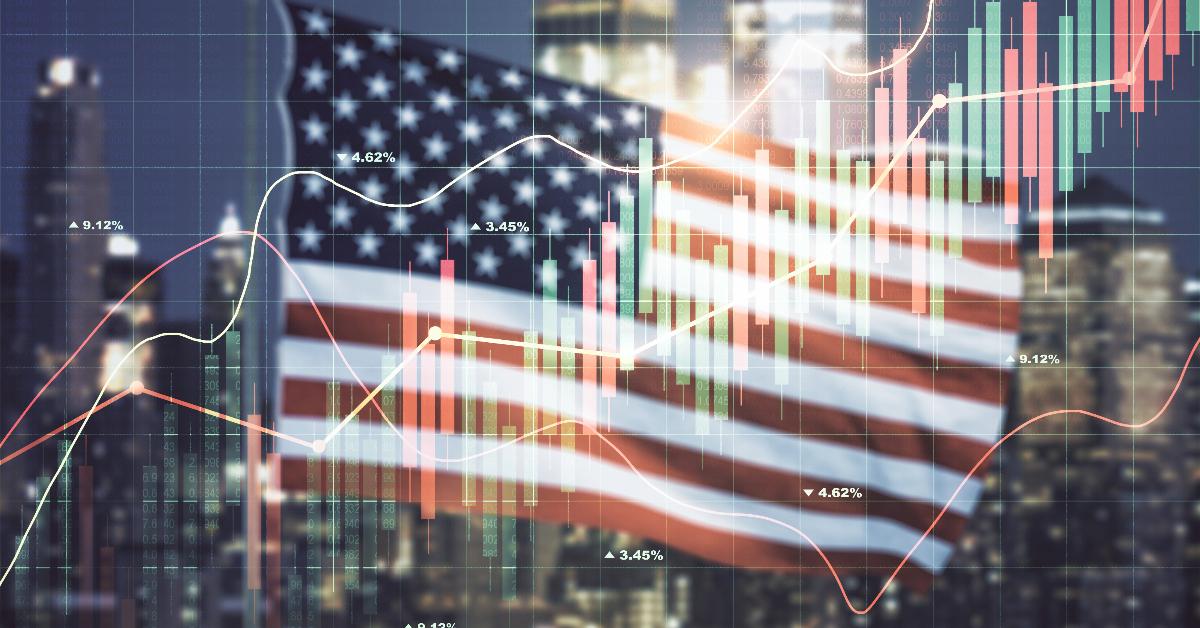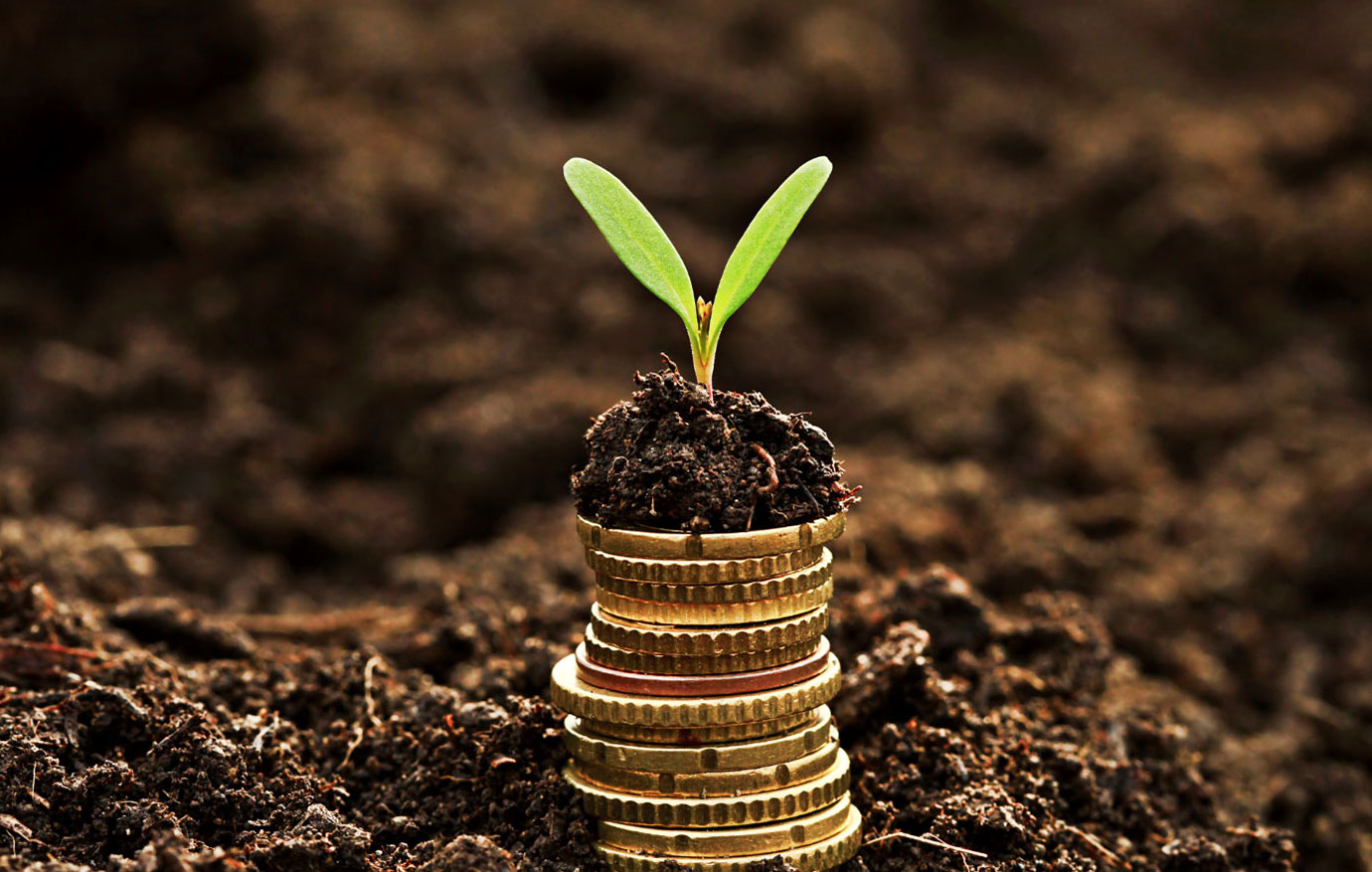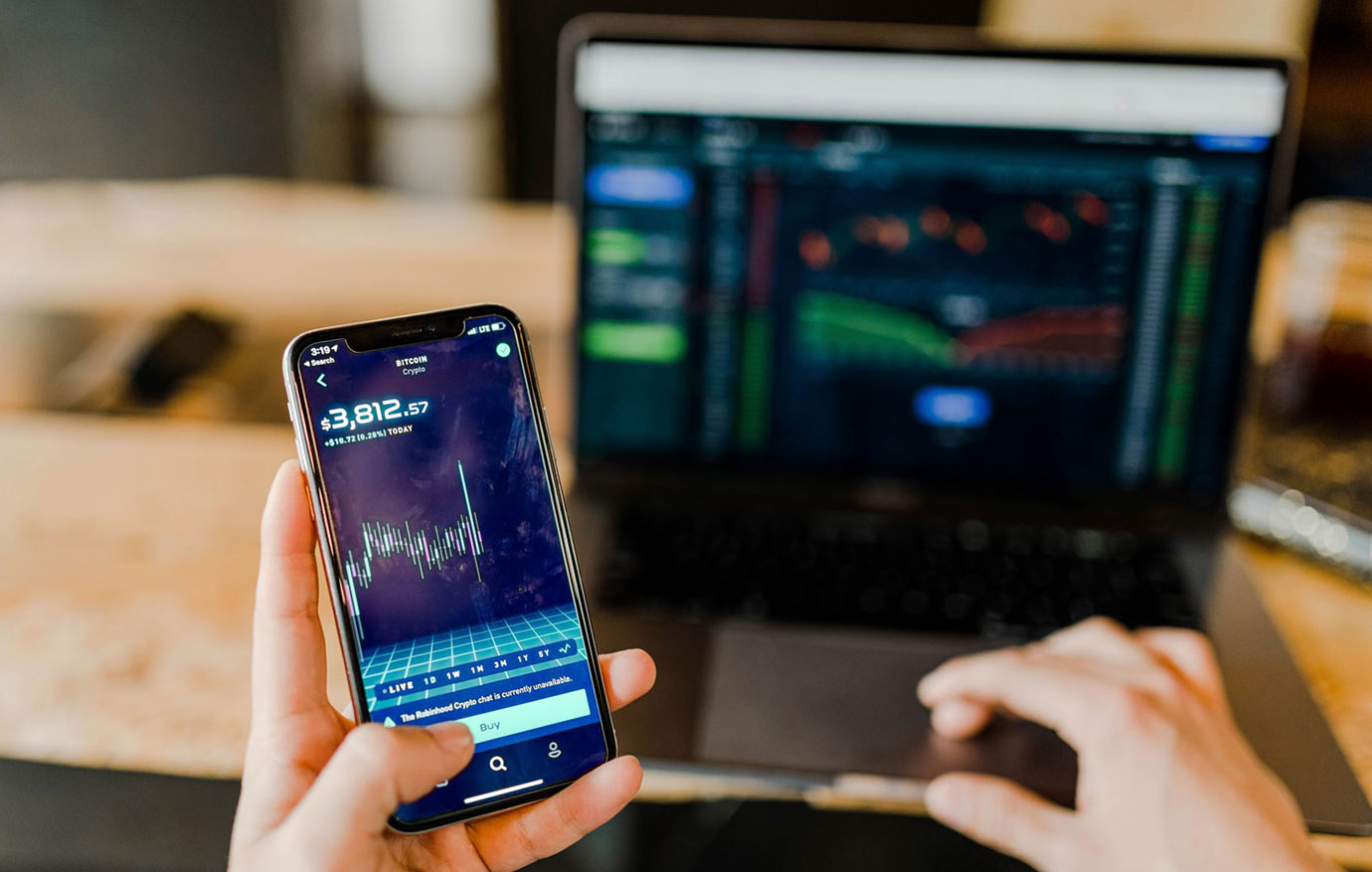
The Current US Economic Situation from an Austrian Viewpoint
This article is a brief analysis of the US economic situation from the point of view of the Austrian School of Economics. It is strictly macroeconomic: a deductive hypothesis of what is happening in the aggregates.
Let us place ourselves in the months immediately after the arrival of covid-19, the first quarter of 2020. As an economic policy measure, the US government decided to increase the money supply. Through different mechanisms, they put an unprecedented amount of money into the economy. This caused three important effects.
First, as the supply rises, ceteris paribus, the price falls. In the money market, price is the purchasing power of money (i.e., the number of basic baskets that one monetary unit allows one to buy). As the money supply rises, people get rid of the excess by increasing their consumption. This translates into an increase in demand for goods, and, consequently, the prices of goods and services rise as the marginal unit of money loses its value.
Of course, the magnitude is vital; given that the injection of money was massive, prices must rise quite a bit. This indeed happened and continues: the month-on-month figure for August in the US was positive at 0.6 percent (we love year-on-year inflation, but usually nobody checks the bills from a year ago). In short, it generates inflation, to no one’s surprise.
Second, inflation expectations change from deflationary to inflationary. For Murray Rothbard, expectations are the most important variable to explain changes in the demand for money (see his book The Mystery of Banking). His explanation might go as follows.
Covid-19 begins. People see that prices begin to rise and blame it on the virus. When the worst turbulence and uncertainty ended, the economic agent thought that the problem would eventually be controlled with overall supply returning to its pre-pandemic level, thus moving prices downward. Since prices will fall tomorrow it is cheaper not to consume today, increasing the demand for money and consequently lowering the demand for goods and services. Thus, through expectations, endogenously, the economy reduces the price of the basic basket. This situation can be seen in the significant increase in household savings immediately after the shock.
However, the government distorted the natural path, causing prices to rise due to the first effect mentioned here. Time passed and inflation did not subside; rather, it began to grow at a higher rate. Even politicians and mainstream economists appeared, erroneously claiming that the phenomenon of inflation in 2021 was transitory (though it would have been if they had not intervened). Now a new rhetoric in expectations takes hold. Nothing indicates that prices will fall soon; therefore, it is better to consume today than tomorrow. The demand for money is reduced.
Eventually, we arrive at the beginning of 2022 with important signs of high inflation that, along with the effects of the Ukrainian-Russian war, push up the price of the basic basket even further. However, the war, contrary to what some think, is not the basis of inflation. In fact, if we could remove the price effect of the war, I dare conclude that inflation would be very similar to what it is today.
This change in expectations can be seen in the unprecedented behavior of savings. In previous crises, the savings curve maintained a stable and positive increase for quite some time after the start. In the current situation, savings rose rapidly immediately after covid, but it began to decline a few months later, also rapidly. Americans have savings, which they are spending due to the loss of purchasing power and the change in expectations. Therefore, although a recession is being mentioned, gross domestic product appeared positive for the first semester of the year driven by consumer spending. In short, savings generates more inflation.
Third, the monetary injection generates and accentuates the economic cycle. Changes in the money supply and the artificial manipulation of the interest rate are the cause of the cycle through the banking system (again, see The Mystery of Banking). Covid-19 begins, and the government lowers the interest rate, which incentivizes market inefficiencies to continue, causing ever-increasing bubbles. Inefficiencies refers to that which does not have economic support. Let’s see it with an example.
Assume that X decides to start a lemonade business. After one year, he realizes that it is not profitable. That is, whether for purely economic reasons or marketing and advertising, consumers do not value his lemonade enough. Six more months pass, and he is still with losses and about to close the business. Suddenly the magnanimous government injects money. As X has financial problems, he enters the government transfer program and is granted one hundred monetary units. Furthermore, the monetary balances of other agents are increased.
With this money, X hires two people. In the next six months, maybe a year, the demand for X’s lemonade increases because the overall demand has risen, not because of a change in preferences or an improvement in the business model. Perceiving this, X raises the salary of his two employees and hires a third one.
Moreover, he offers to pay them with shares from the growing company. Instead of a high fixed salary, each will have a 10 percent share of the company, and since everything is going great, they accept. If their future wealth increases, they start borrowing and buying, say, houses. Remember that this is happening on a country scale. Eventually, though not neutrally, all money is transmitted to prices—i.e., the economic consumer boom ends with runaway inflation, people in debt, and inefficient businesses (like X’s lemonade company) growing.
At this point, both X and the workers realize that their newly high nominal incomes, in real terms, have begun to fall. Consequently, the demand for X’s lemonade returns to its economically optimal level, which in this case we know had no real support. His lemonade is simply not desired by Americans. They decide to sell the company and the houses, but there are no buyers because another high percentage of the population is in the same situation. And because, as we already mentioned, the company was not profitable, and surely the houses were acquired at a bubble price, eventually everything explodes. Of course, this recession is much bigger since it did not “burst” when the problem was individual, on a small scale.



